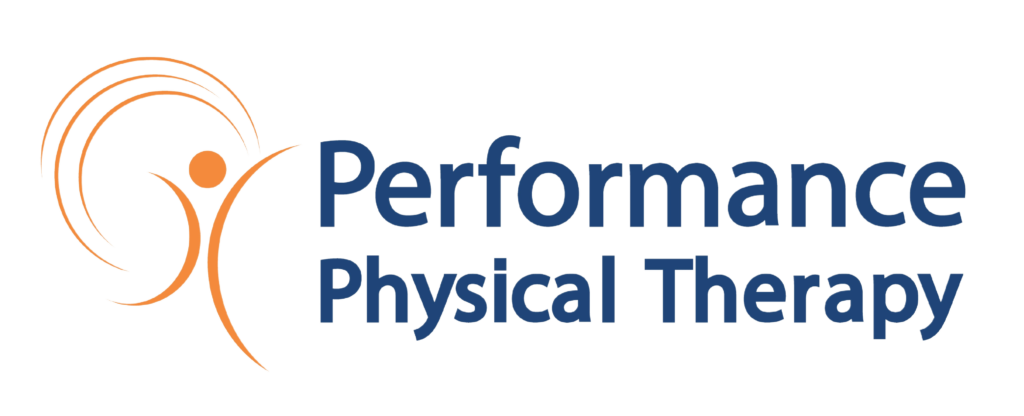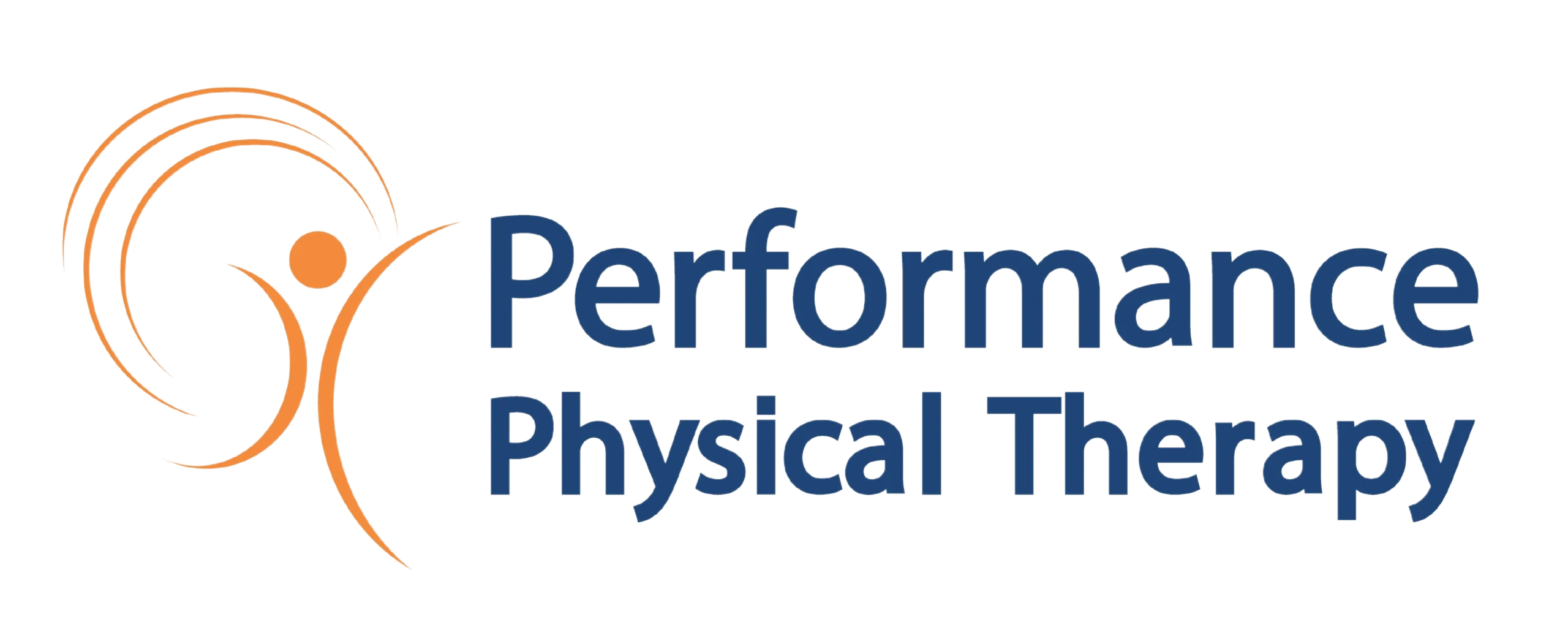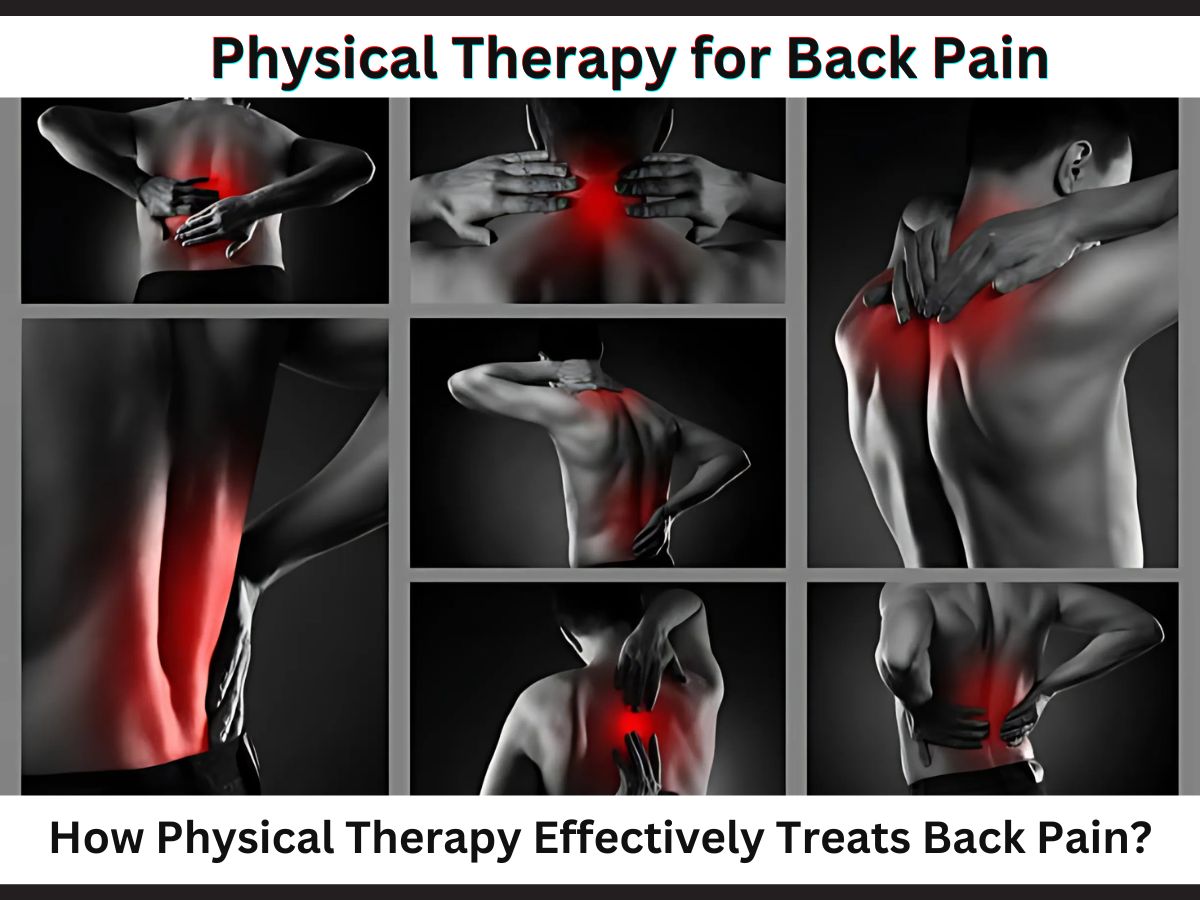Back pain is one of the most common health issues faced by adults today. Whether it’s a nagging ache or a sharp, debilitating pain, back problems can seriously affect your daily life. If you’re wondering whether physical therapy can help, or how to manage your back pain more effectively, you’re in the right place. In this article, we’ll explore how physical therapy can alleviate back pain, answer frequently asked questions, and provide valuable tips for managing discomfort.
How Physical Therapy Effectively Treats Back Pain?
Yes, physical therapy (PT) is one of the most effective treatments for back pain. It focuses on strengthening the muscles around your spine, improving flexibility, and reducing stress on your lower back. Whether your back pain is due to a muscle strain, poor posture, or a disc issue, PT can help you recover faster and prevent future flare-ups. Physical therapy is a low cost/low risk way to alleviate back pain.
“Ready to experience the benefits of physical therapy? Schedule your personalized consultation with Performance Physical Therapy now.”
Physical therapists evaluate your specific condition and design a personalized treatment plan. Common approaches include exercises that target core strength, posture correction, and manual therapy techniques to release muscle tension. In many cases, Physical Therapy for Back Pain can eliminate the need for medications or surgery, especially when started early. The key to effective physical therapy is a great evaluation! This is why choosing the right physical therapist is important.
What Is the Most Common Technique to Help Reduce Back Pain?
There are several techniques of Physical Therapy for Back Pain that can reduce pain, but the most common and effective one is manual therapy. This hands-on treatment involves the physical therapist using their hands to manipulate muscles and joints. Manual therapy can help reduce pain, improve mobility, and address muscle tightness.
In addition to manual therapy, physical therapists often recommend therapeutic exercises to build strength and flexibility. These exercises specifically target the muscles supporting your spine, such as the core muscles, lower back muscles, and hips. By strengthening these areas, you can better support your spine and prevent further injury. Anyone can search for exercises online, but that doesn’t mean that those exercises are right for YOU!
Another commonly used technique is posture education. Poor posture is one of the leading causes of back pain. A physical therapist can teach you how to sit, stand, and move correctly, reducing stress on your spine and preventing long-term discomfort. Your mother was right: posture is everything!
How to Tell if Back Pain Is Muscle or Disc?
It can be challenging to distinguish whether your back pain is related to muscle strain or a disc issue. However, there are some key differences between the two that can help you identify the cause of your discomfort.
- Muscle Pain: Muscle strain typically results from overuse, lifting something incorrectly, or poor posture. This pain tends to be localized and may feel like a dull ache or tightness. It can worsen with movement or physical activity and is often relieved with rest, stretching, or heat application. Muscle pain is often described as feeling sore or stiff, but it doesn’t typically radiate down your legs.
- Disc Pain: Disc-related pain, such as from a herniated or bulging disc, is more likely to cause sharp, shooting pain. This type of pain can radiate down the legs, a condition known as sciatica. You might experience tingling or numbness in your legs or feet. Disc pain often occurs due to sudden movements or heavy lifting, and the pain can be aggravated by sitting or standing for prolonged periods.
If you’re unsure whether your pain is from muscles or a disc, it’s best to see a physical therapist. They can perform specific tests to determine the cause of your pain and create a treatment plan tailored to your condition.
Is It Better to Stand or Sit with Lower Back Pain?
When you’re experiencing lower back pain, knowing the best position to relieve pressure on your spine is crucial. The answer isn’t always straightforward, as it can depend on the underlying cause of your pain. However, in general, standing and moving around is usually better for your back than sitting for long periods.
Standing encourages better posture and alignment of the spine. It also prevents the muscles in your back and legs from becoming stiff, which can happen when you sit too long. If you need to stand, make sure to adjust your posture by keeping your shoulders back, your knees slightly bent, and your weight evenly distributed between both legs.
Sitting, on the other hand, can increase pressure on the discs in your lower back, especially if you’re slouching or sitting for long periods. To minimize discomfort, make sure you sit with proper posture. Keep your feet flat on the floor, your knees at a 90-degree angle, and use a chair with good lumbar support. Avoid sitting in one position for too long, and take breaks to stand and stretch every 30 minutes.
Ultimately, alternating between sitting and standing, along with performing gentle stretches and exercises, is the best approach for managing lower back pain.
How Physical Therapy Can Help
Physical therapy is a highly effective treatment for both acute and chronic back pain. It focuses on improving mobility, strengthening the muscles that support your spine, and teaching you how to move without straining your back. At Performance Physical Therapy in Delaware, we work with each patient to develop a personalized plan that targets their specific symptoms and goals.
In addition to relieving pain, physical therapy can help you:
- Improve posture
- Increase flexibility and strength
- Prevent future injuries
- Avoid reliance on pain medications
If you’re struggling with back pain, it’s important to consult a physical therapist to determine the best course of action. At Performance Physical Therapy in Delaware, we offer comprehensive assessments and customized treatments to help you recover and live pain-free. Whether you’re dealing with a muscle strain, disc issue, or posture-related discomfort, we’re here to guide you on your path to recovery.
Conclusion
Physical therapy is a highly effective treatment for back pain, with techniques such as manual therapy, therapeutic exercises, and posture education playing a key role in reducing discomfort and improving function. Whether your back pain is caused by muscle strain or a disc issue, a physical therapist can help you understand your condition and develop a personalized treatment plan to get you back to doing what you love.
- Relief Through Manual Therapy: Hands-on techniques effectively reduce muscle tension and improve spinal mobility.
- Targeted Exercises: Strengthen core and back muscles to support your spine and prevent future injuries.
- Posture Education: Learn how to maintain proper alignment to minimize strain and discomfort.
- Customized Treatment Plans: Work with a skilled therapist to address your unique condition and goals.
- Drug-Free Recovery: Avoid medications or invasive procedures with a safe and natural approach.
If you’re experiencing back pain, don’t wait— schedule an appointment with the experts at Performance Physical Therapy in Delaware and start your journey toward a pain-free life today.
Visit our website at www.pptandfitness.com to learn more and book your appointment today!
National Institutes of Health (NIH): https://pmc.ncbi.nlm.nih.gov/articles/PMC8477273/
FAQs
Q: Can physical therapy help with back pain?
A: Yes, physical therapy is highly effective for back pain. It strengthens muscles, improves flexibility, and reduces stress on the spine
Q: What is the best exercise for lower back pain?
A: Exercises like bridges, bird-dogs, and pelvic tilts are great for strengthening the back and relieving pain
Q: How can I tell if my back pain is muscle-related or disc-related?
A: Muscle pain feels like soreness or tightness, while disc pain is sharp, may radiate down your legs, and can cause numbness or tingling
Q: Is standing or sitting better for lower back pain?
A: Standing is generally better as it promotes better posture. If sitting, ensure proper posture and take breaks to stretch
Q: How long does it take for physical therapy to work for back pain?
A: Many patients see improvement within 4-6 weeks, though the timeline varies based on the condition’s severity.


